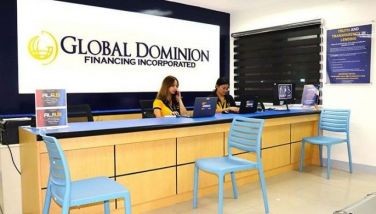Price targeting and variant identification
Escalating prices and tighter budgets have become the core challenge among buyers and decision-makers daily. Such a challenge is presently underscored in the wake of volatile logistic charges that are eventually included in the goods and services we buy. In this light, selection of the most appropriate costing has become tougher when we’re confronted by variability in demand and supply situations, especially when we tackle the issue of cost avoidance.
World markets, in general, have no other recourse except to pre-tool their respective systems toward higher costs. This is because in a span of about five years, global enterprises have been accustomed to a benign inflation environment where cost savings are generally easier to get. By cost avoidance, we refer to having to obtain prices that are lower than prevailing market prices. In such a scenario, ingenuity as regards to cheaper alternative options becomes necessary, not to mention swiftness relative to response time from other accrediting units, or those within the Quality and Control Group, among others.
Let’s consider an example. Is it easier to simply import similar yet cheaper branded medicines? While I favor the proposed Affordable Medicines Act, there are economic implications to consider if such a scheme is adopted “drastically.” If “x” item costs only P6 per tablet in
While cheaper imported medicines would definitely redound well to consumers’ pockets, it might also be disadvantageous for producers that have already invested at home. Continued patronage for cheaper imports from traders, for example, might create its toll on domestic employment numbers, as items that should have been sold by local producers were not taken up by end-users.
How then do we go about helping present producers come up with cheaper alternative variants?
Within the assessment stage, industry practitioners need to devote time analyzing the “sum of parts” that goes into the production of an item. This valuation exercise could only work when appropriate financial disclosures are made, and existing “fences” with regards to data sensitivity are defined. While authorities need to carefully consider enterprises’ privacy, rules should also be appropriately outlined as regard to relevant data where implied presumptions can be inferred. When this is established, financial planners need to determine investment per unit of output, especially when upfront capital expenditures (capex) come to the fore. For one, recoverability of capital is among the essential components in determining our overall “fixed costs.” The second stage covers outlining operating charges, part of which cover raw material ingredients or packaging when items are simply “tolled” (or repacked) at home. This should also consider utilities, labor and freight-related charges per item to properly determine those that are deemed sensitive to fluctuating prices. Lastly, issues tied to tariffs and taxes (including those remitted on the national scale and to respective local government units) must be adequately synthesized to measure our local companies’ ability to compete vis-a-vis regional counterparts. When these are in place, monitoring becomes easy and it would be more convenient targeting areas where cost reductions are feasible and necessary.
Within the e-Marketplace where we thrive, trading partners have more time to devote to the sample exercise above. The decision to participate is easy, especially since no capital investment is required and collaborating within a diverse purchasing community becomes possible through simple access on the Net. Not only are registered trading partners kept up-to-date on domestic and international suppliers interested to participate in servicing each market, but also on trends on proper contract formation, requirement aggregation and negotiation, among others. Report generation is simplified, and more time is devoted to arriving at the best decision when it comes to anticipating changes in market trends.
More than just adopting an e-commerce approach, singular direction in upholding transparency is the first step in clearing allegations of “corruption.” Thorough and less time-consuming administrative strategies are formulated when attention is given on price-cost breakdown, especially in embracing appropriate risk-return management solutions.
* * *
For comments or queries, e-mail at [email protected] or [email protected].
- Latest


























